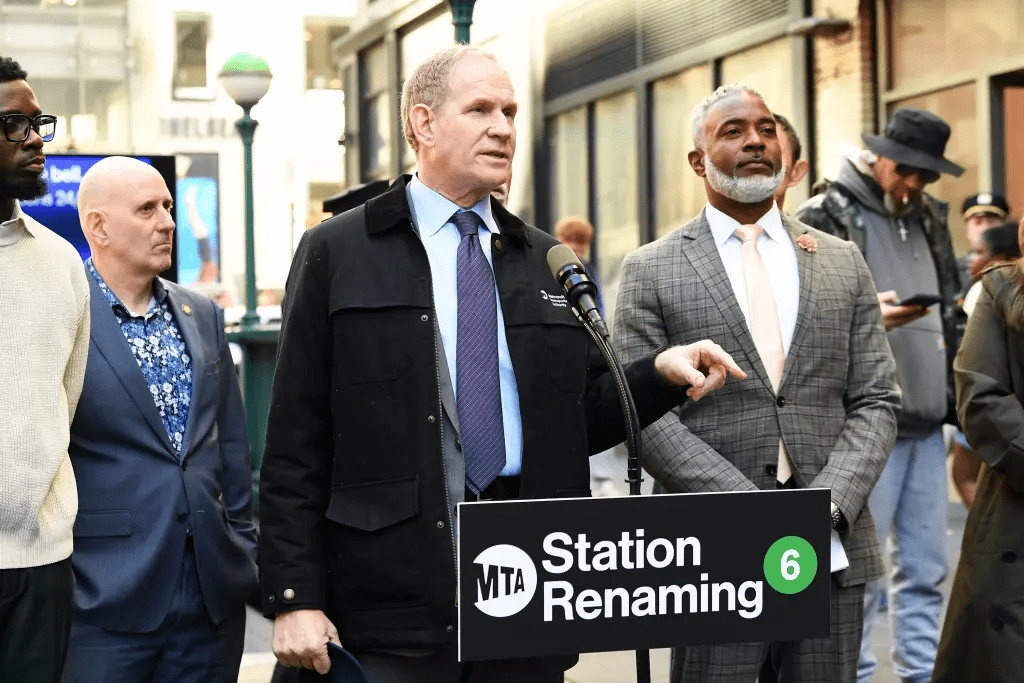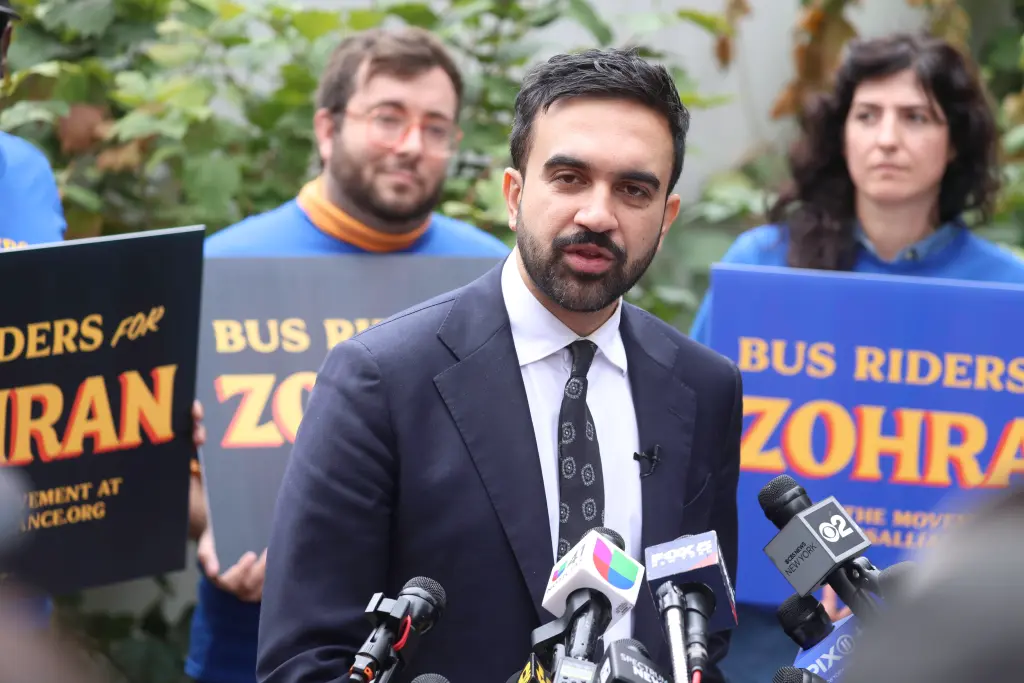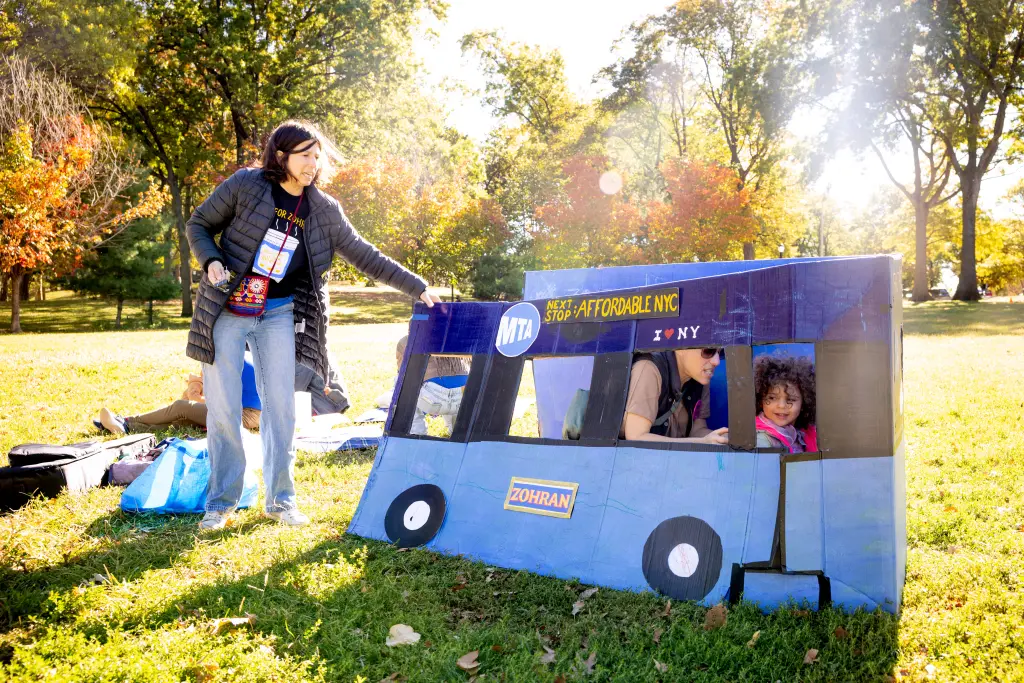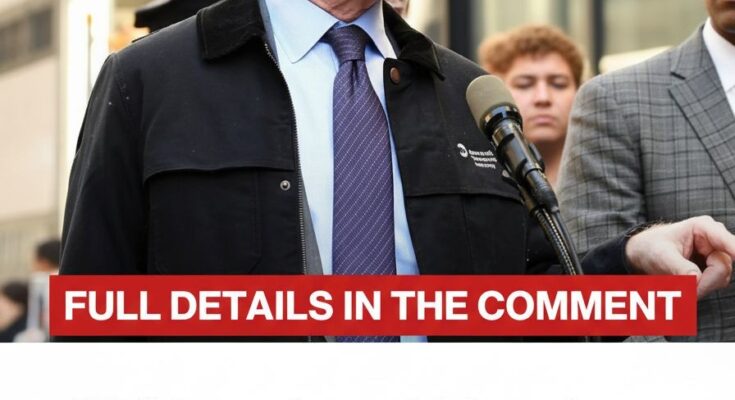MTA CEO Janno Lieber calls Zohran Mamdani’s free-bus proposal “half-baked” and warns it could cost nearly $1 billion — far more than claimed
A heated transportation showdown is unfolding in New York City, where MTA CEO and Chair Janno Lieber has publicly criticized mayoral candidate Zohran Mamdani’s push to make all city buses free. The proposal, one of Mamdani’s key campaign promises, has ignited debate over how far the city can afford to go in expanding fare-free transit. Lieber, in a live interview this week, dismissed the plan as “half-baked” and said it would cost hundreds of millions more than Mamdani’s campaign suggests.

Lieber argued that the numbers simply don’t add up. He warned that eliminating bus fares across the five boroughs could drain nearly $1 billion from the MTA’s annual revenue, jeopardizing other essential transit services. “We studied congestion pricing for years,” Lieber said. “You can’t just throw out a big idea like this without fully understanding its financial impact.” He added that he wants to ensure that any transit subsidies truly prioritize low-income riders, not upper-income residents who already have multiple transit options.
Mamdani’s campaign has described the initiative as a bold step toward transportation equity, citing rising living costs and the growing burden of transit expenses on working-class New Yorkers. The Astoria assemblyman has said that free buses would “transform mobility” across the city, making it easier for families, seniors, and low-wage workers to move without worrying about fare costs. His team has estimated the cost at roughly $700 million per year, a figure Lieber and MTA analysts dispute.

The argument goes beyond cost — it touches on the very philosophy of how New York City’s transportation network should be run. Lieber, a longtime infrastructure manager and policy veteran, represents the technocratic caution of the MTA, emphasizing sustainability and fiscal discipline. Mamdani, meanwhile, represents the progressive movement’s push for universal public access — fast, sweeping, and unapologetically people-first.
Lieber’s comments followed weeks of growing debate about the feasibility of Mamdani’s proposal. Free-fare experiments on a handful of MTA routes in 2023 boosted ridership by nearly 30 percent on weekdays and 38 percent on weekends, but they also raised questions about how the system would absorb long-term cost increases. Many transit officials argue that without a new funding source, such as higher state subsidies or congestion-pricing revenue, free buses would mean cutting other services or delaying maintenance projects.
At the heart of the issue is who benefits most from the policy. Lieber said he’s concerned that citywide free fares would end up subsidizing commuters who already have alternatives — for example, Upper West Side residents who ride the M104 bus — rather than those who truly rely on public transit for survival. He insisted that fare reductions or credits targeted at lower-income riders would make more sense than eliminating fares entirely.

For Mamdani, however, the argument is one of moral priority. He’s framed free transit as a right, not a privilege — a matter of fairness and access in a city where rent, food, and energy costs continue to rise faster than wages. Supporters have hailed the idea as a transformative step toward a more inclusive city, while critics say it’s a feel-good policy with no sustainable plan behind it.
As the mayoral race heats up, both men represent two visions of New York’s future: Lieber’s pragmatic caution versus Mamdani’s idealistic ambition. Transit experts agree the proposal has tapped into a growing national debate about whether major cities should move toward fare-free systems or keep users financially responsible for part of the cost. In the end, the question isn’t just whether free buses can work — it’s whether New York can afford to gamble on such a sweeping change.


